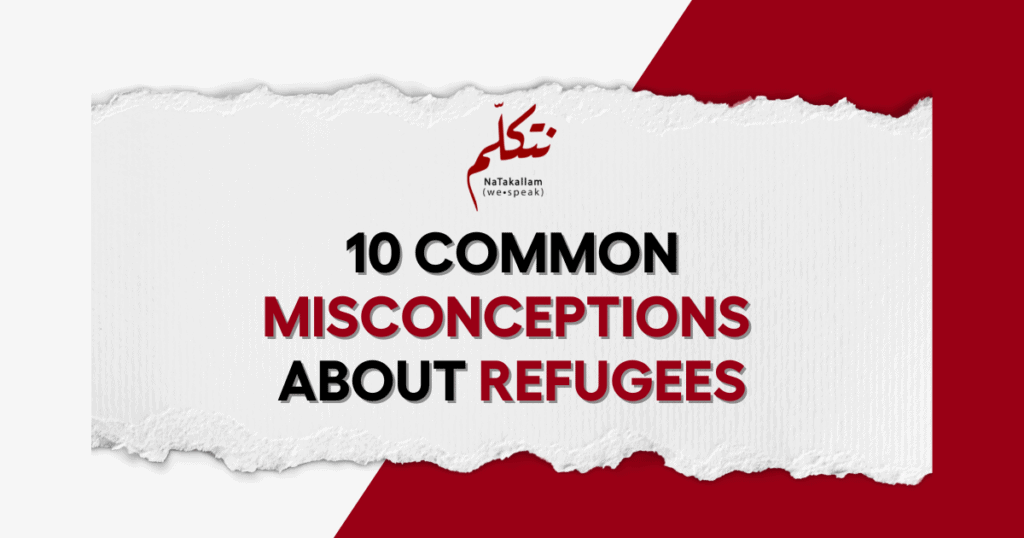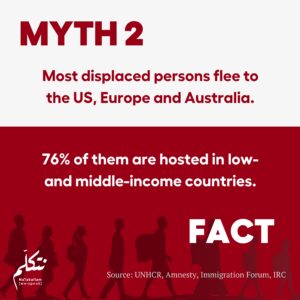The Kurdish Roots of “Woman, Life, Freedom”
Since the start of the ongoing Mahsa Amini Protests, which began in Iran in September 2022 after the murder of Jina Mahsa Amini at the hands of the Morality Police for not wearing her veil properly in public, we’ve heard the slogan “Woman, Life, Freedom” travel around the world. In Persian this is “zan, zendegî, âzâdî” (زن, زندگی, آزادی), but the slogan originates in the Kurdish language and the Kurdish struggle for autonomy.
The fight for women’s rights has long been intertwined with the Kurdish independence movement. The Kurdistan Free Women’s Union was established in 1995, and in the same year the Kurdish Workers’ Party (PKK), which had been co-founded in 1978 by a woman, Sakine Cansız, decided to promote the establishment of more independent female political, cultural, and economic organizations. These establishments were part of broader trends in Kurdish society and the liberalization of Kurdish views on women’s roles. Abdullah Öcalan, also a co-founder of the PKK, theorized that the subjugation of women is the root of all other types of oppression and that society cannot exist in freedom unless women are free.
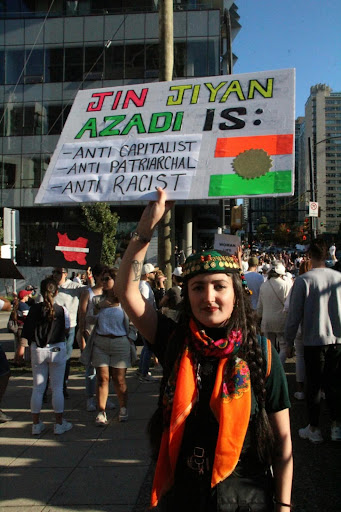
In 1998, on International Women’s Day, the “Ideology of Women’s Liberation” was presented (possibly by Öcalan, though this is disputed) as a list of principles for women to follow in their emancipation battle. It stated that women had to break free not only from old social roles and the attitude that supported them, but also from total autonomy and self-organization. The Kurmanji Kurdish slogan “jîn, jîyan, azadî” started to become popular just a few years later. Its exact origins remain obscure, but it appeared after the arrest of Öcalan and the Kurdish independence leaders’ decisions to prioritize women’s rights as part of their movement.
In 2012, after the outbreak of the Syrian Civil War, Syrian Kurds established an autonomous government that platformed, among other planks, women’s liberation. The Syrian Women’s Protection Units engaged in combat against ISIS, while women’s civilian organizations continued to address patriarchal attitudes. As more territory was liberated from ISIS control, women from various non-Kurdish communities joined in the movement. They not only participated in the Autonomous Administration’s women’s institutions but also established their own organizations to cater to their specific needs. This bringing together of women across ethnic and religious lines showcased the universalist potential of the Kurdish women’s movement.
It is the history of this Kurdish women’s resistance tradition that has led Iranian Kurdish women to play a leading role in the ongoing Iranian protest movement, which was sparked by the murder of Jina Mahsa Amini, herself a Kurdish woman, but fueled by the desire to demonstrate against the Iranian regime. The slogan “jîn, jîyan, azadî” soon became the rallying cry of these protests, a reference to Amini’s Kurdish origins, and Persian speakers quickly picked it up, translating it to “zan, zendegî, âzâdî.” Although other slogans started circulating, “zan, zendegî, âzâdî” became the most popular one, thanks to social media and the efforts of the Iranian youth in spreading it outside Iranian and Kurdish borders. A notable example is the song “Barâye…” (برای”, “for”) by Shervin Hajipour, composed of various tweets explaining why people were protesting, or the anthem “Sorôde Zan” (“سرود زن”, “Women’s Hymn”) written by Mehdi Yarrahi. Both of these songwriters have since been arrested and sentenced to prison.
This slogan has now been translated into many languages, as people worldwide have shown solidarity for the cause and begun protesting against the current Iranian government. According to the scholar Handan Çağlayan, “the slogan is attractive for its spelling and rhythm and significant for its connotations.” Jîn and jîyan are two closely related words, but jîn in this case should not signify a glorification of womanhood; rather it means “claiming and supporting womanhood as a valuable identity independent of manhood.” Jîyan symbolizes the right to life, and azadî, the right to freedom, “symbolizing the mutuality between womanhood and Kurdishness in women’s political participation.”

To learn more about Kurdish culture, check out our article on deq, the art of Kurdish tattooing. Better yet, consider studying Kurdish with NaTakallam! You can learn either Kurmanji or Sorani Kurdish from native speakers, and the first lesson is FREE, so why not try it out?
The Kurdish Roots of “Woman, Life, Freedom” Read More »
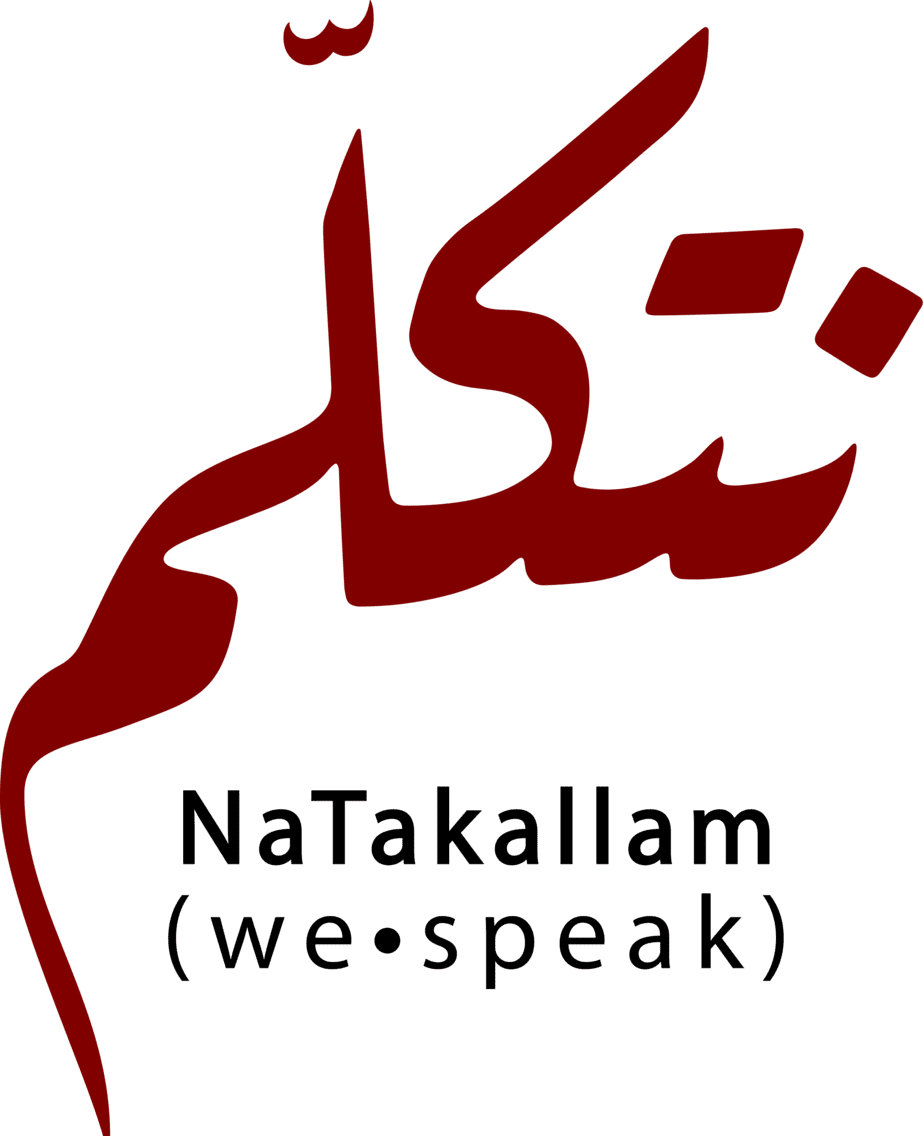
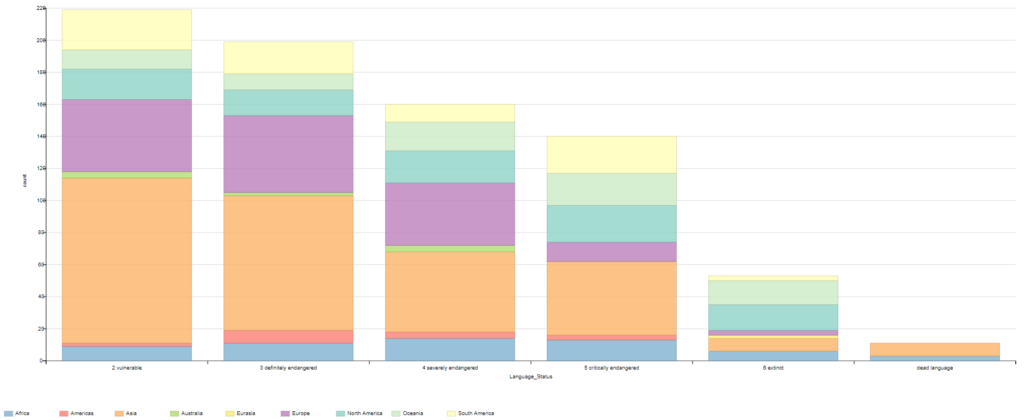











 Meet Saeed, from Syria.
Meet Saeed, from Syria. Meet Leila, from Iran.
Meet Leila, from Iran. Meet Sayed, from Afghanistan.
Meet Sayed, from Afghanistan. Meet Yaroslavna, from Ukraine.
Meet Yaroslavna, from Ukraine. Meet Ghaith, from Syria.
Meet Ghaith, from Syria.